RARATRAVEL.ID – When it comes to the fascinating world of avian diversity, shorebirds stand out as some of the most intriguing and adaptable creatures. Among these remarkable birds, one characteristic often captures our attention – their curved beaks. In this article, we will delve into the intriguing world of shorebirds with curved beaks, exploring the unique adaptations and behaviors that make them true marvels of nature.
Shore Bird with Curved Beak
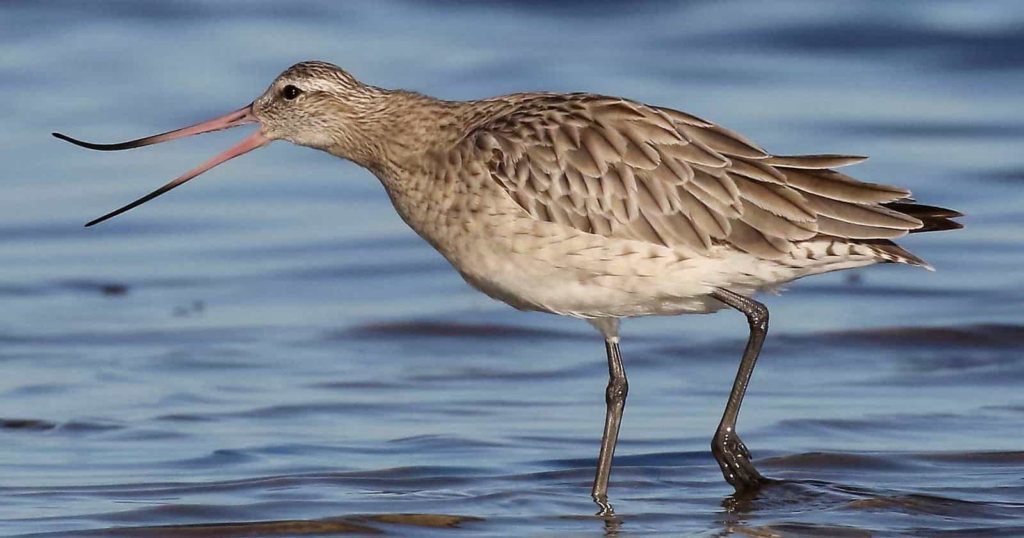
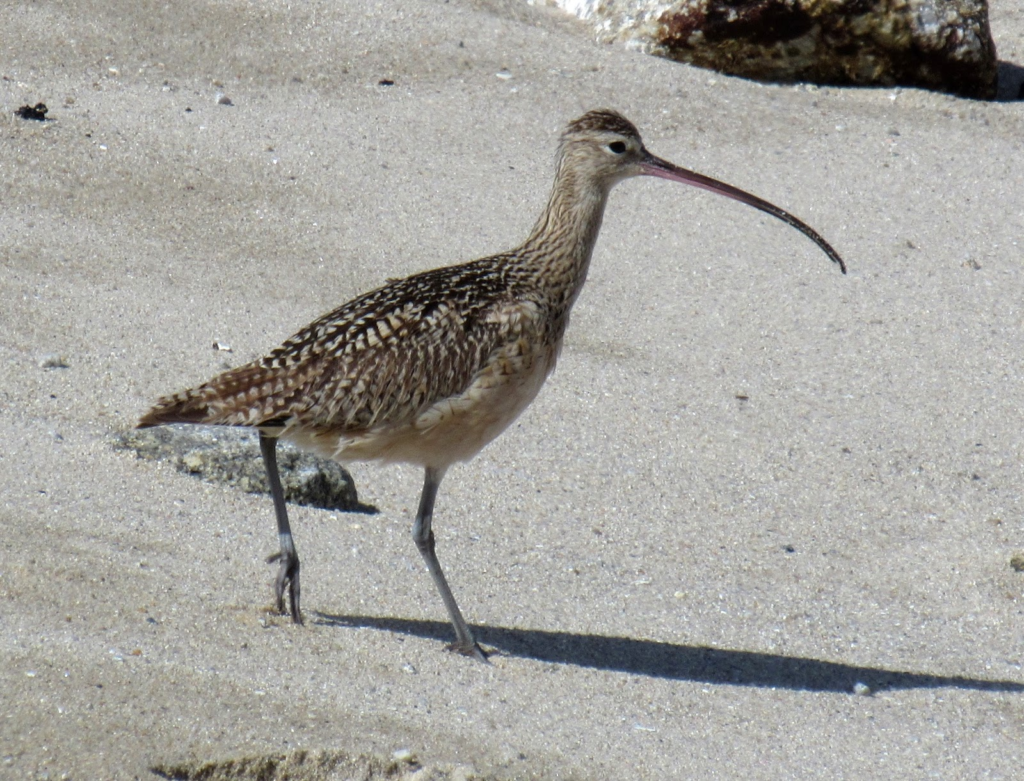
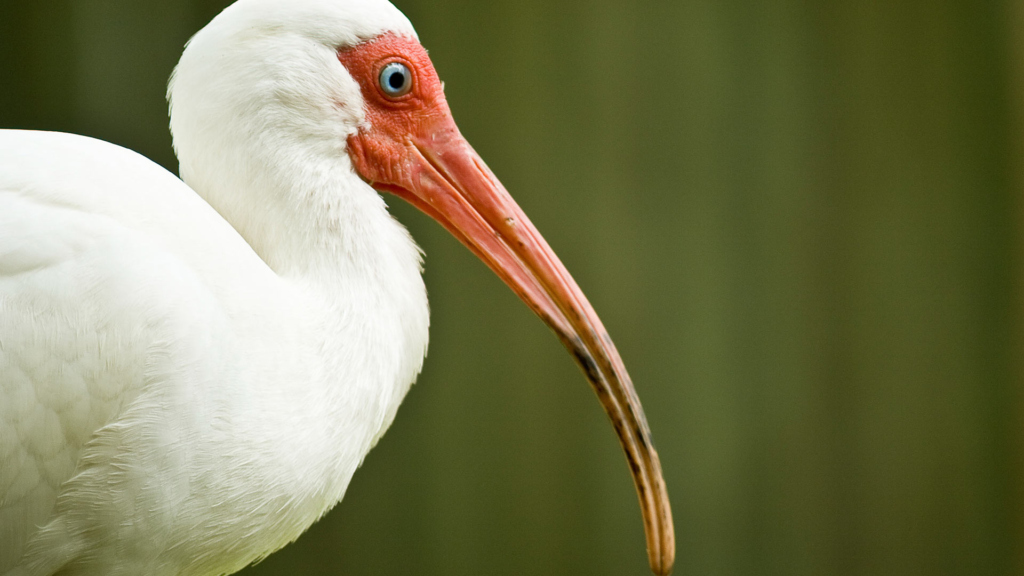
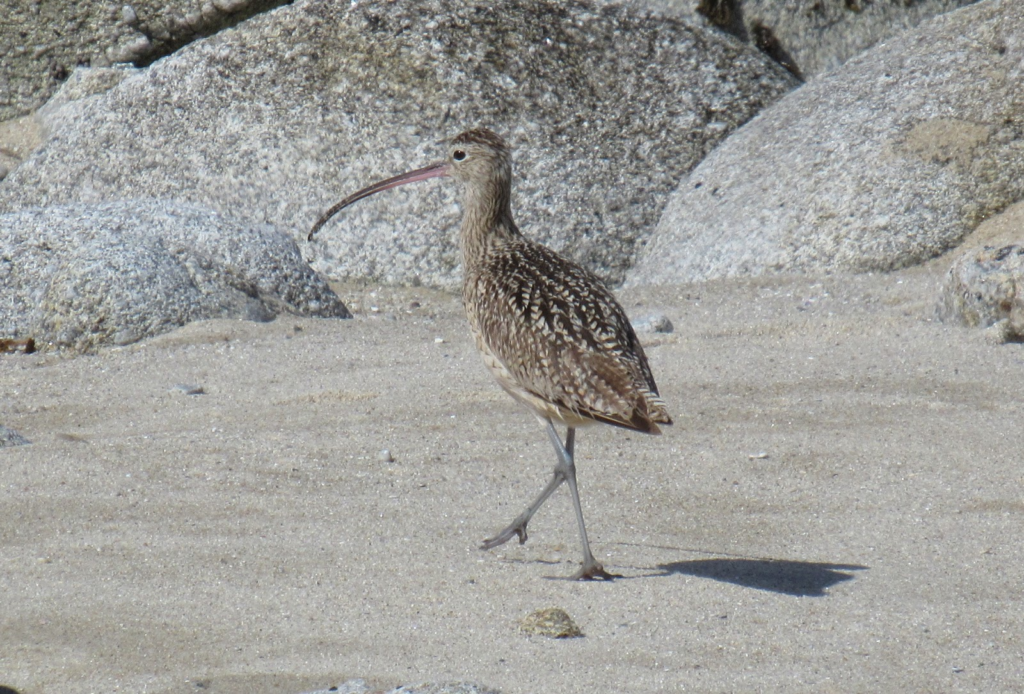

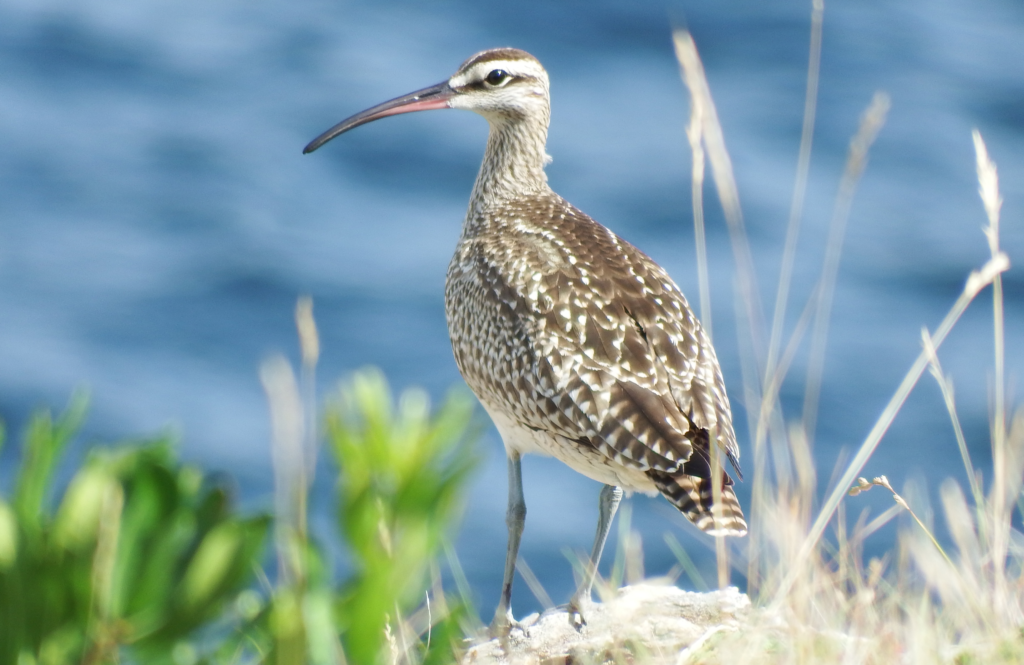
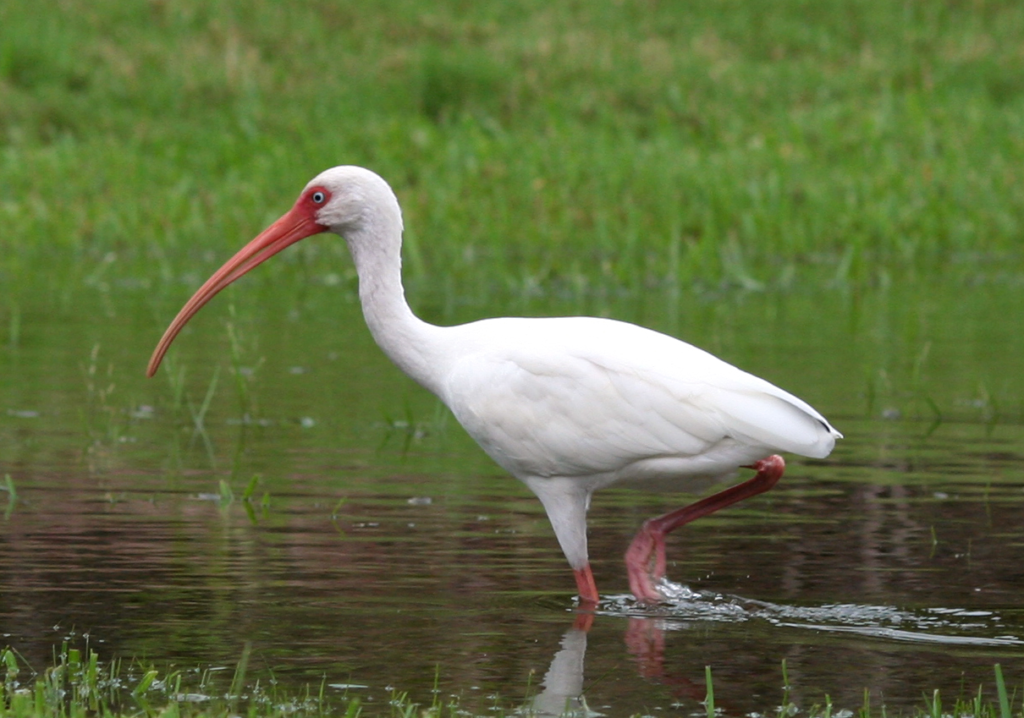


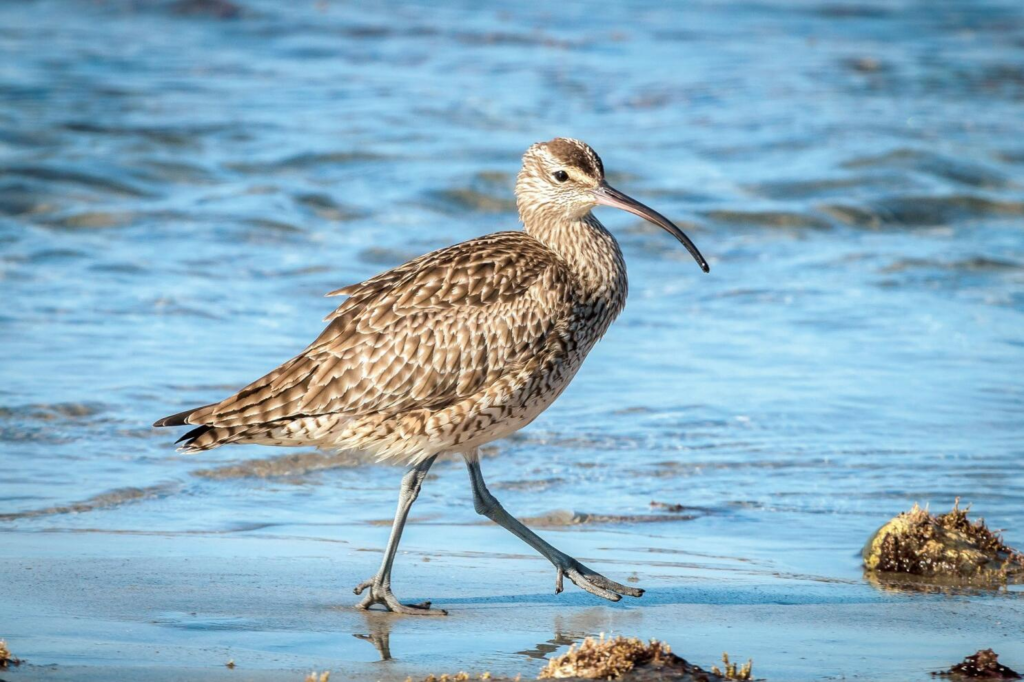
The Diversity of Shorebirds
A Closer Look at Shorebirds
Shorebirds, a diverse group of birds, can be found along coastlines, wetlands, and even some inland areas. They are known for their remarkable beak shapes, each serving a specific purpose in their habitat and lifestyle.
Types of Curved Beaks
- Spoon-shaped Beaks Spoon-shaped beaks are perfectly designed for sifting through the mud and sand for tiny invertebrates. Birds like the Northern Shoveler have these distinctive beaks.
- Curved and Pointed Beaks Curved and pointed beaks are excellent for capturing small fish and crustaceans. The Whimbrel is a classic example of a bird with this type of beak.
- Decurved Bills for Probing Some shorebirds, like the Long-billed Curlew, have decurved bills that are ideal for probing deep into the sand in search of prey.
Adaptations for Survival
Feeding Habits
Shorebirds with curved beaks have evolved to have specific feeding habits. Their beaks enable them to access a wide range of food sources, from aquatic insects to crustaceans, making them well-suited to their coastal environments.
Migratory Patterns
Many shorebirds undertake incredible migrations, traveling thousands of miles to find suitable breeding and feeding grounds. Their curved beaks play a vital role in sustaining them during these arduous journeys.
Conservation Efforts
Challenges
Shorebirds face numerous challenges today, including habitat loss, pollution, and climate change. These issues threaten their very existence, making conservation efforts crucial.
Initiatives
Conservation organizations and researchers are actively working to protect these remarkable birds. Through habitat restoration, policy advocacy, and public awareness, they aim to ensure the survival of shorebirds with curved beaks for generations to come.
Conclusion
In the world of ornithology, shorebirds with curved beaks are a testament to the remarkable diversity and adaptability of nature. Their unique beak shapes enable them to thrive in various environments, from mudflats to coastal shores. As we continue to learn about and appreciate these birds, it becomes evident that their survival is intertwined with the health of our ecosystems. By supporting conservation efforts and celebrating the beauty of shorebirds, we can contribute to their preservation.
FAQs
Why do shorebirds have curved beaks?
Shorebirds have curved beaks adapted to their specific feeding habits. These beaks help them access food sources such as small fish, crustaceans, and invertebrates.
How do shorebirds migrate such long distances?
Shorebirds are renowned for their impressive migrations. They have high energy reserves and efficient physiological adaptations that enable them to undertake long journeys.
What are the main threats to shorebirds today?
Shorebirds face threats such as habitat loss due to development, pollution in their habitats, and the effects of climate change, all of which can disrupt their ecosystems.
What can individuals do to help shorebird conservation?
Individuals can support conservation efforts by advocating for protected habitats, reducing pollution, and supporting organizations dedicated to shorebird conservation.
Where can I learn more about shorebird conservation?
To learn more and contribute to shorebird conservation, you can access resources and information here at RaraTravel.id







